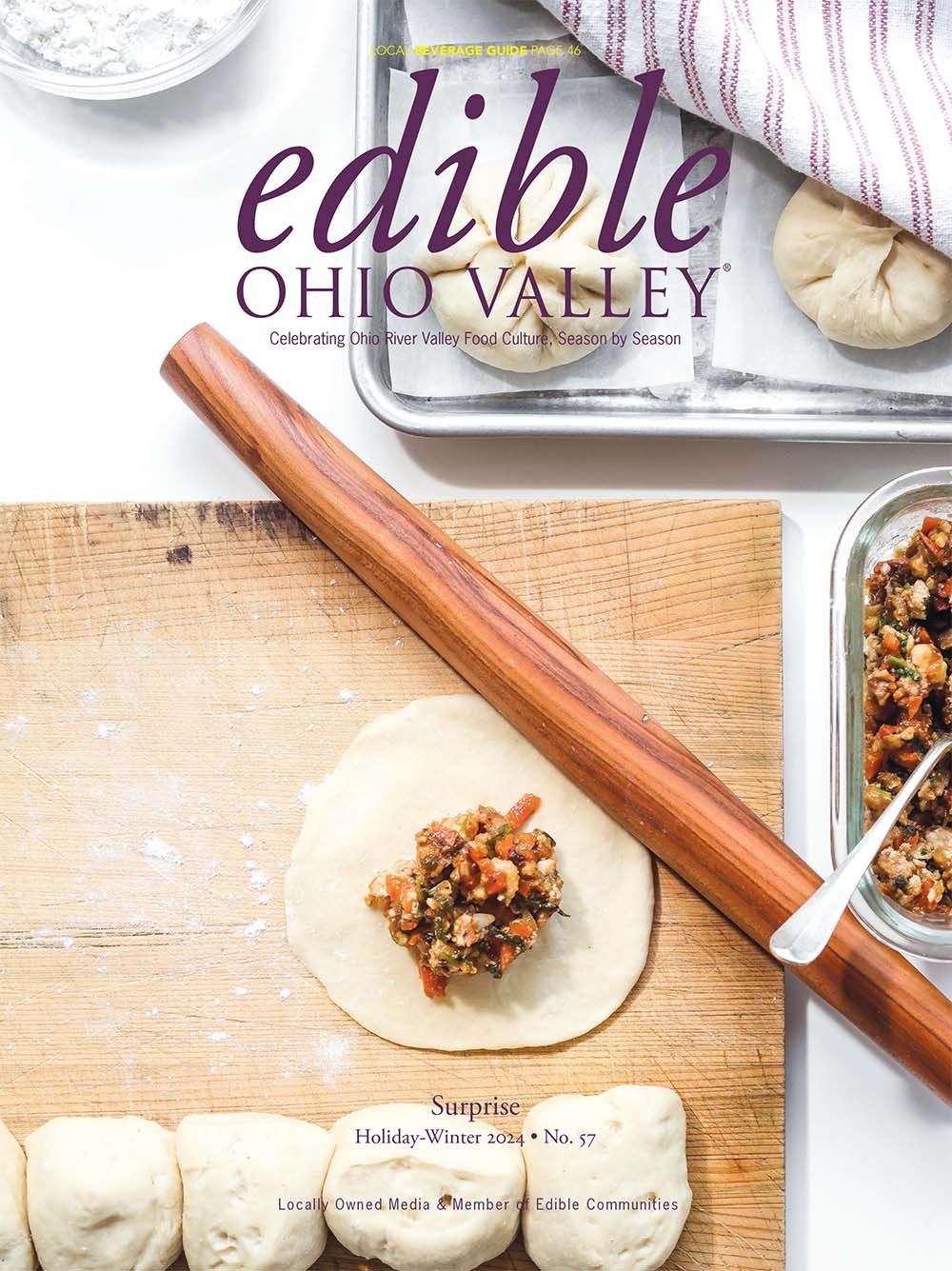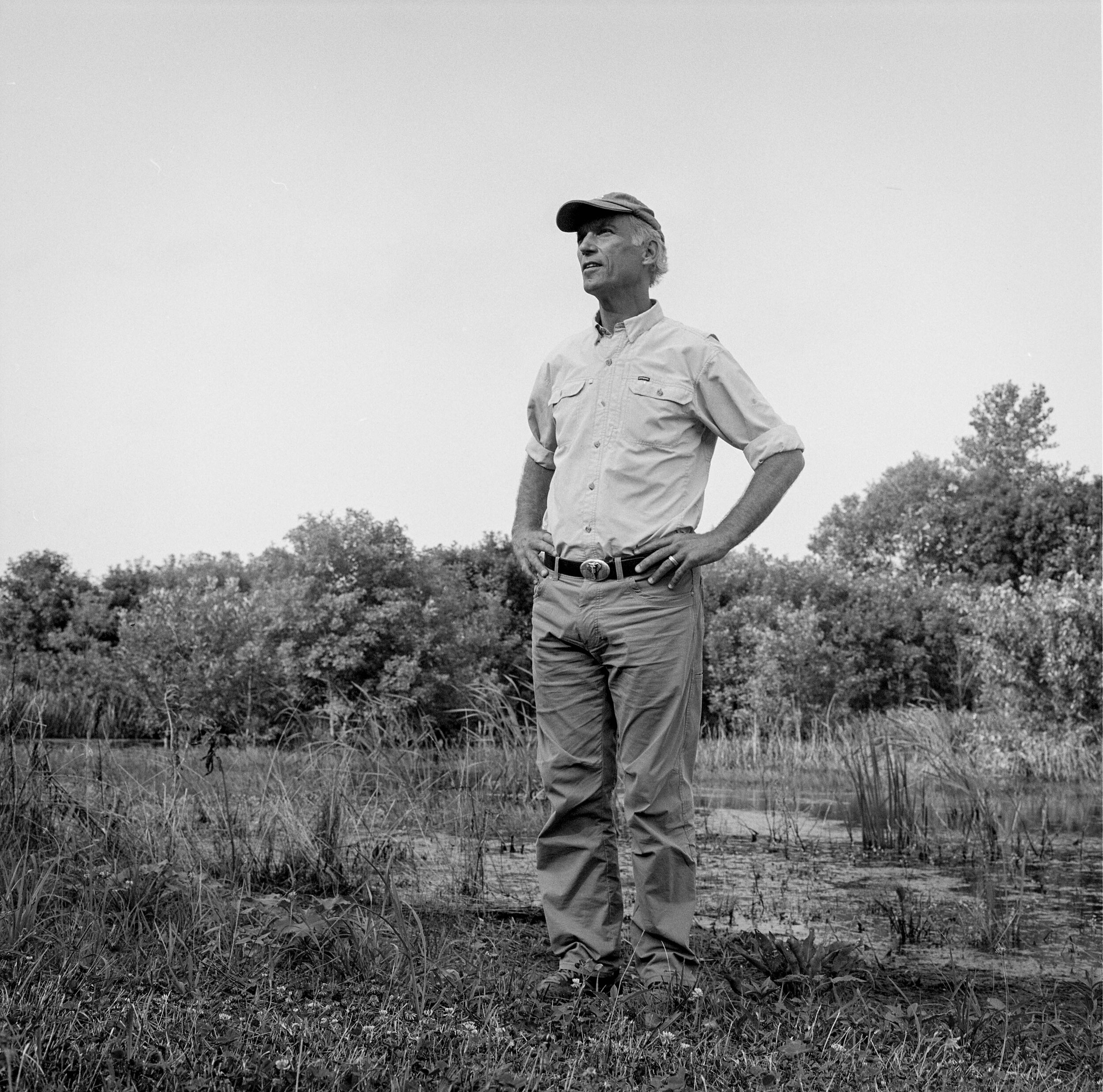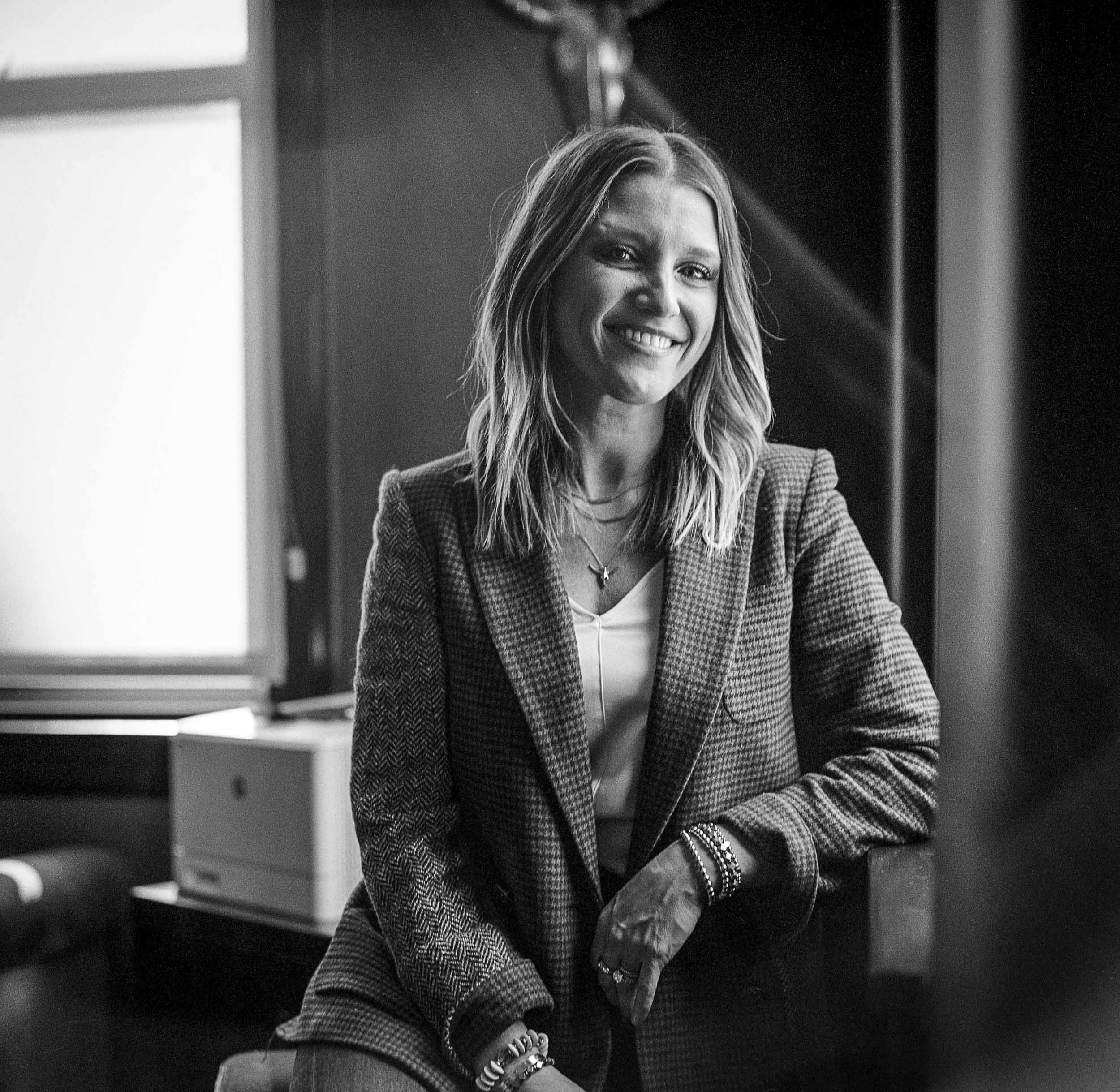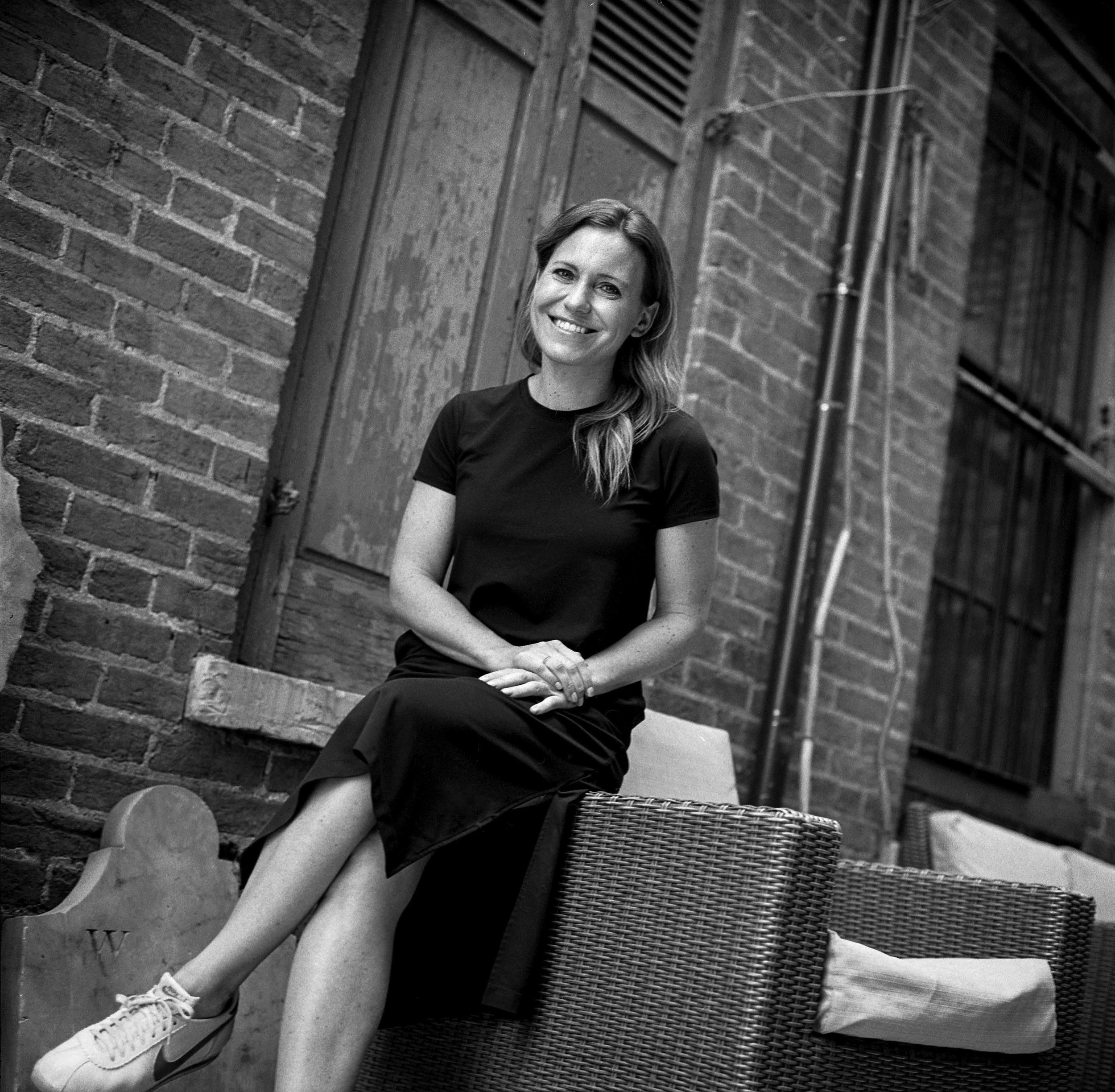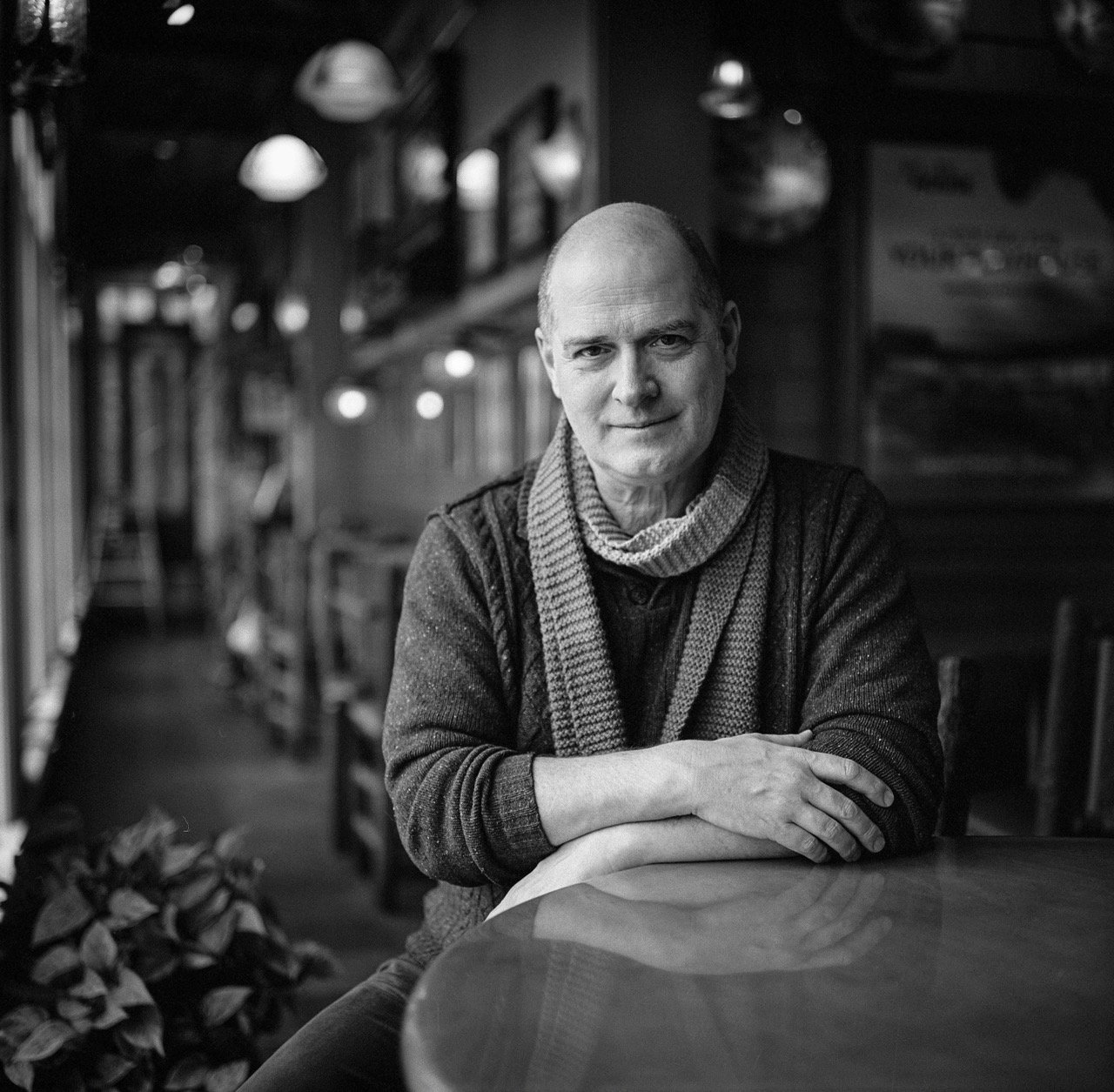Patricia Van Skaik
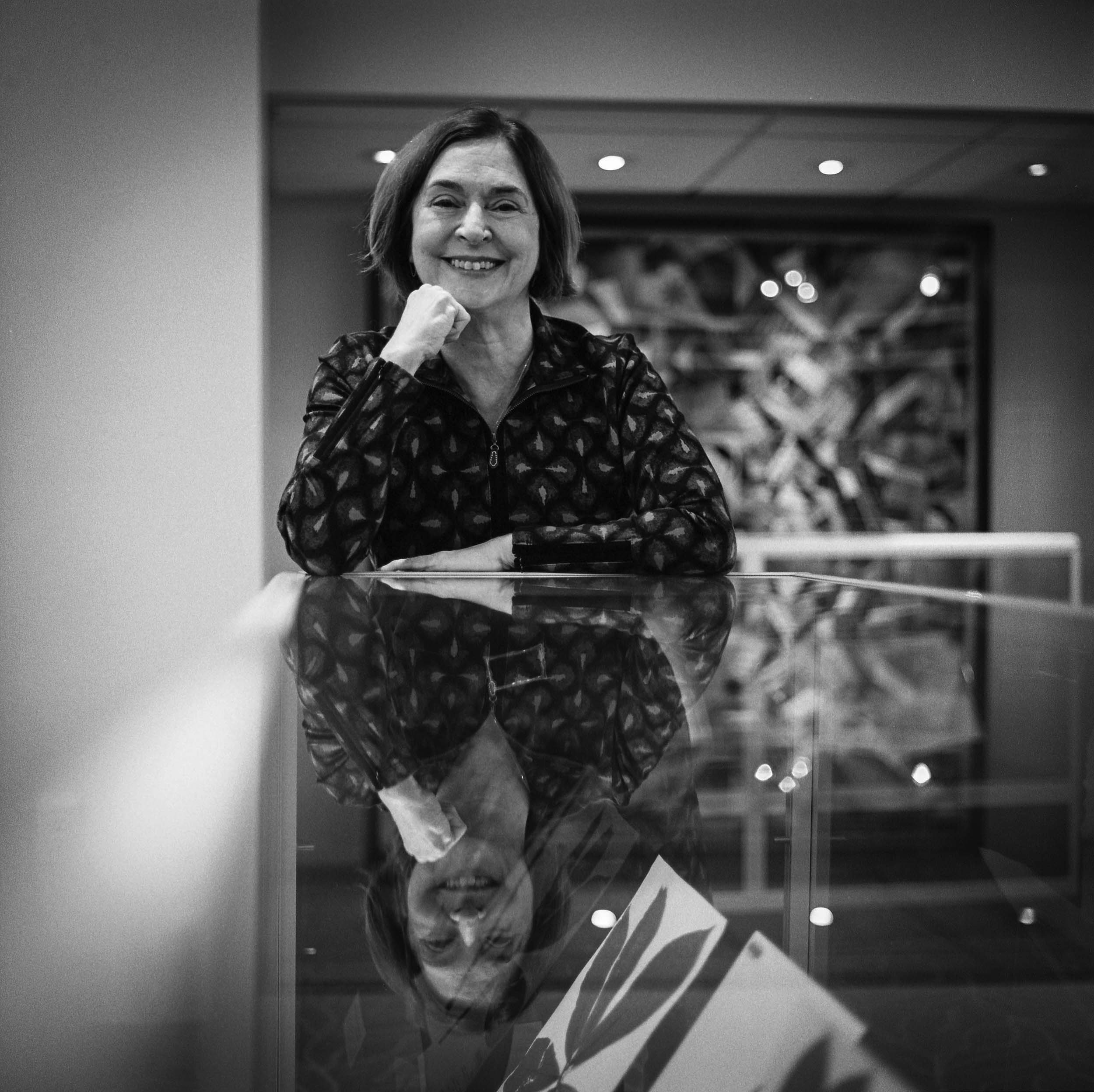
The Lloyd Library director offers a peek at the institution’s unique plant-related collection.
interview by Bryn Mooth and portrait by Michael Wilson
Give us a quick history of the Lloyd.
It was founded by three brothers who were pharmacists in the late 1800s, as a way to provide resources for their research and development of medicines. They subscribed to a school of thought that looked to nature as a way to strengthen the body, at a time when medicine was used to poison disease out of the body. They traveled the world collecting books about plants, nature, and medicine. We have some of the rarest and oldest books in the world.
Who uses the Lloyd?
At one time, it was almost exclusively people in the medical field, but we’ve seen that expand. One of the largest groups is artists because the botanical illustrations are phenomenal. We also see ecologists and conservationists, gardeners and cooks, and researchers from major natural products companies. Anybody who loves plants and nature for any reason.
What’s the most intriguing thing you have there?
One that comes to mind is Maria Sibylla Merian’s Metamorphosis Insectorum Surinamensium (Metamorphosis of the Insects of Surinam), published in 1705. She’s considered the world’s first ecologist because she understood that nature is a system. And she did these gorgeous botanical illustrations, because naturalists were expected to be both scientists and artists.
Tell us about some of the cookbooks in the collection.
Cookbooks are a relatively new phenomenon, so things that were indeed cookbooks weren’t called cookbooks. One of the earliest was published in 1705 by William Salmon called The Family Dictionary or Household Companion. It includes recipes like porridge and tarts and pickled figs and hot chocolate.
How do people use the Lloyd to research the medicinal and culinary uses of plants?
People come with a particular plant in mind, and our reference librarians identify sources that help them dig deeper and fill in the gaps of their knowledge. Someone came to us recently wanting to know more about fennel. And we can help provide this whole new dimension on how fennel has been used over time to enhance cooking and health.
How do you make the library accessible to Cincinnatians?
Our exhibits combined with the programs really bring the collection to life. There’s typically a story we want to tell, like in Garden to Table, where we took a historic look at gardens and then brought it up to the modern day. Our exhibits are, like the collection, an intersection of science, art, and history. Our winter exhibit is called Welcome to My Jungle, and it’s about indoor plants. All of our exhibitions have some kind of food-related programming.
What would the Lloyd brothers think about what’s become of their library?
I would hope that they would be thrilled. They were eclectic and visionary. Now and then we look at the articles of incorporation, and we feel like we’re directly in the tradition of what they started.
Can you share a personal food memory from childhood?
My grandmother’s cooking, and the love and care that she put in to making things from scratch. It was always really special.
What’s always in your fridge?
I always have yogurt in my fridge, and greens and berries.
VITAL STATS
Hometown Various place; moved around a lot as a kid
Lives in East Walnut Hills
Family Husband Steve Ramos; son, Theo Ramos
Career path Holds bachelor’s and master’s degrees from University of Cincinnati and a master’s in library science from University of Kentucky. Worked for the Public Library of Cincinnati and Hamilton County as manager of the art & music, rare books & special collections, and then genealogy & local history departments. Joined the Lloyd Library as executive director in 2017.
From the Archive No. 57
Buy copies of back issues or subscribe to the print magazine for just $28/year.
Bryn’s long career in publishing took a left turn sometime around 2010, when she discovered the joy of food writing. Since then, she’s found professional nirvana as the editor of Edible Ohio Valley, author of The Findlay Market Cookbook, and occasional instructor at The Cooking School at Jungle Jim’s. Find her seasonal recipes at writes4food.com.

